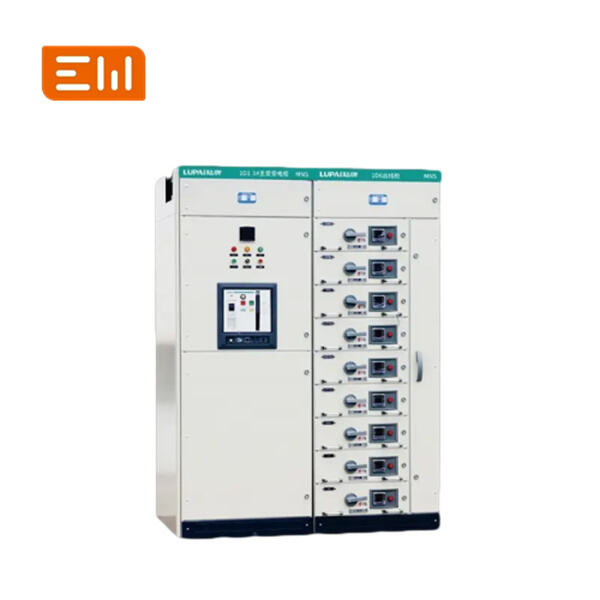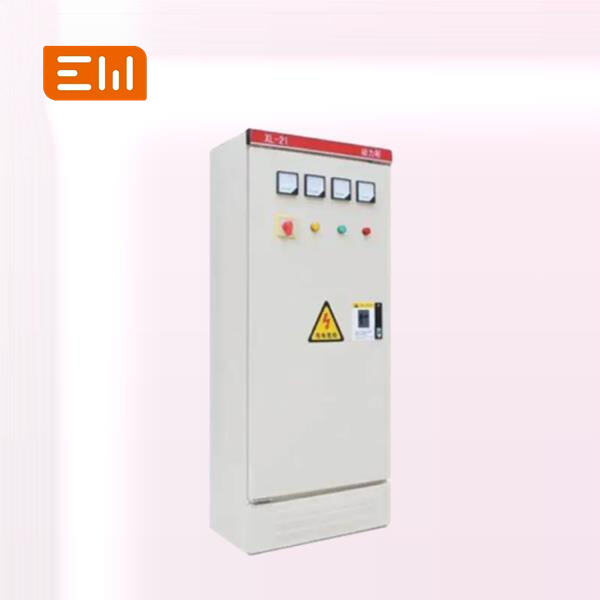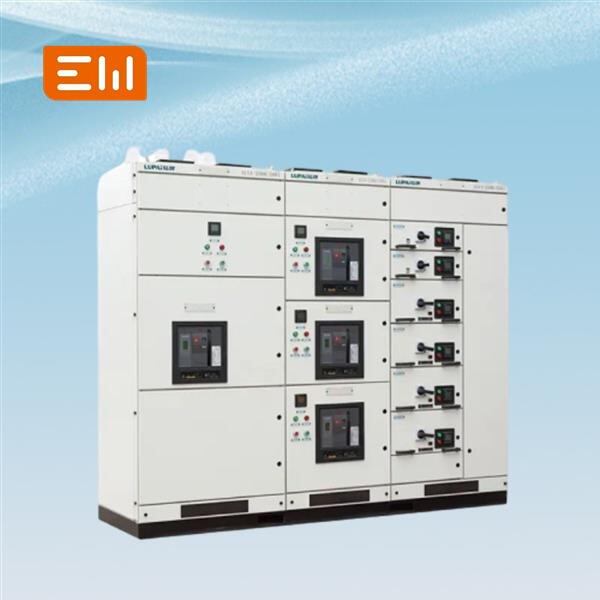It plays a critical role in ensuring the safe and reliable distribution of electrical power. Switchgear mainly has two categories: air insulated switchgear (AIS) and gas insulated switchgear (GIS). We need to learn about the differences between these two types. Well, here are the fundamentals of air insulated switchgear and gas insulated switchgear.
Additionally, Air insulated switchgear utilizes air for keeping the metal parts separated. Gas insulated switchgear uses proprietary gas known as sulfur hexafluoride to protect the components. This gas is not harmful to people and it is not flammable.
Air insulated switchgear simpler in others and directing it can reduce costs. But, it takes up more space. Gas insulated switchgear has a smaller design and requires less maintenance. It performs best in worst conditions. But it is more expensive to install initially.

Gas insulated switchgear is preferable for works of high voltage, gas insulated switchgear is better as it is small and very reliable. It required less space than air insulated switchgear and can manage higher voltage levels. That makes it ideal for locations like substations and power plants where space is at a premium.

Air insulated switchgear is not environmentally friendly. Gas used in gas insulated switchgear is not harmful and does not pollute the air. This means that it’s a more sustainable option for those looking to save the planet.

Factors like cost, footprint, reliability, and environmental impacts should be considered when selecting gas insulated or air insulated switchgear. Air insulated switchgear might be the best if you want something that is cheaper and easy to install. This doesn't apply to you if you have high voltage requirements with limited space, in which case, gas insulated switchgear is your best bet.